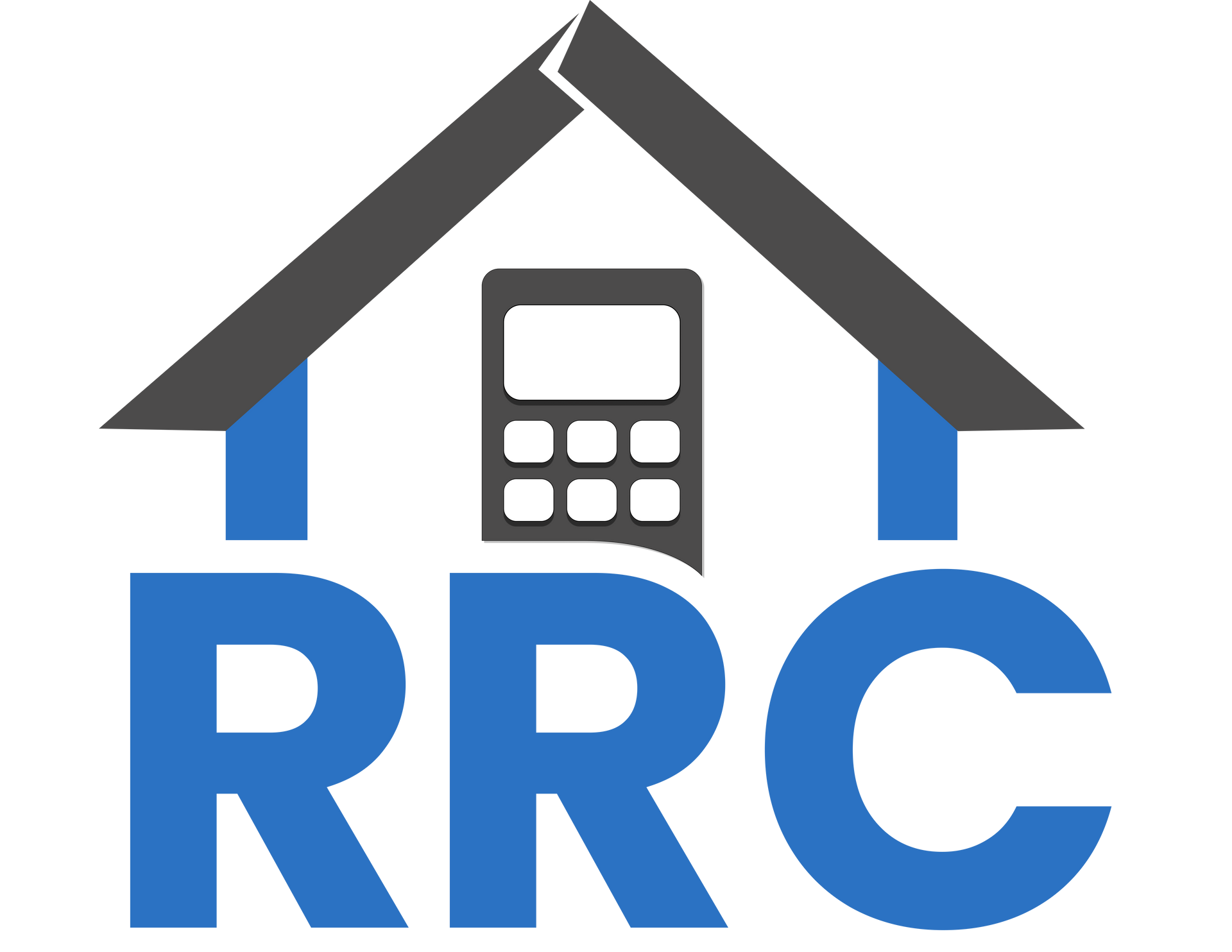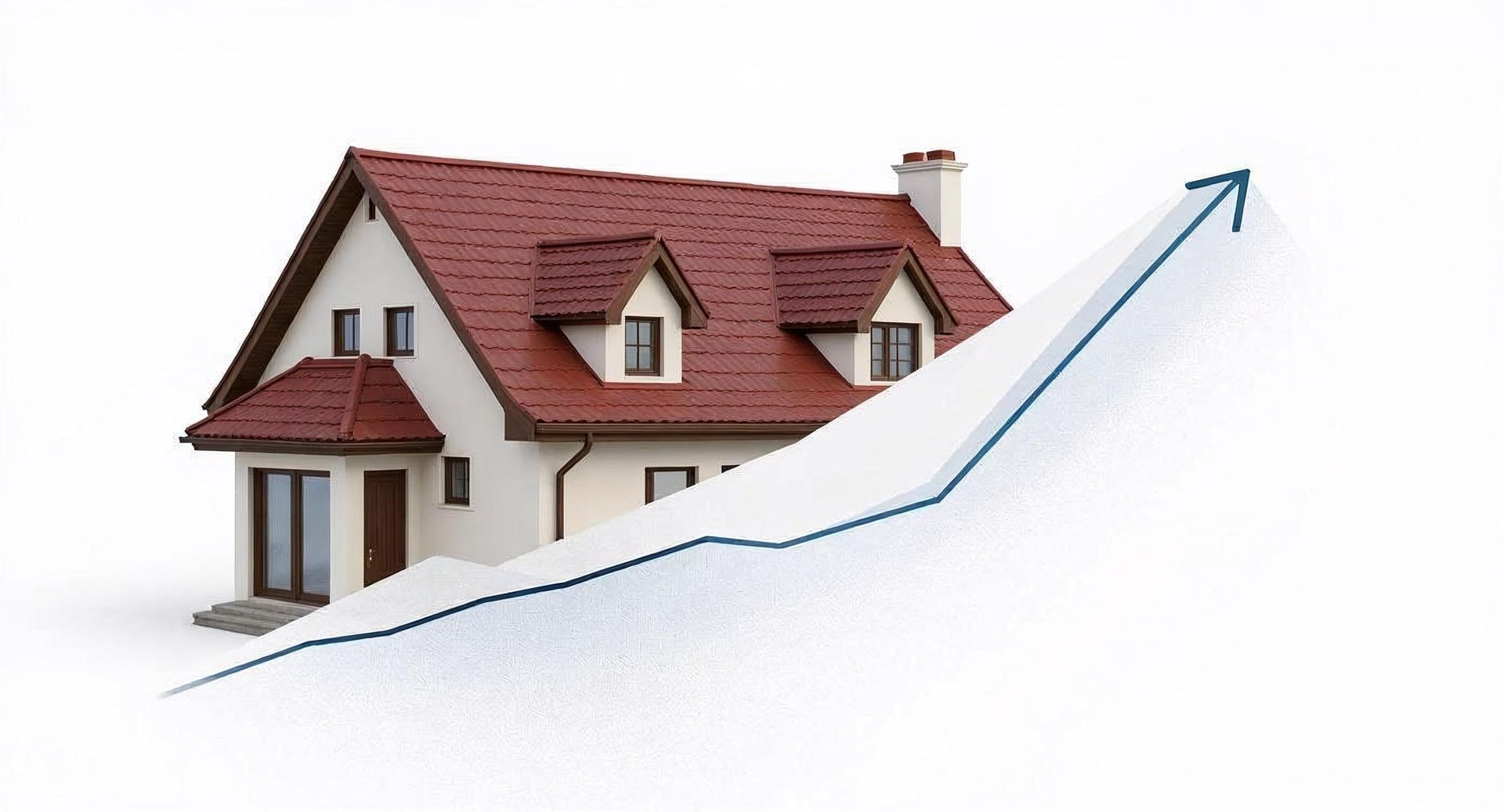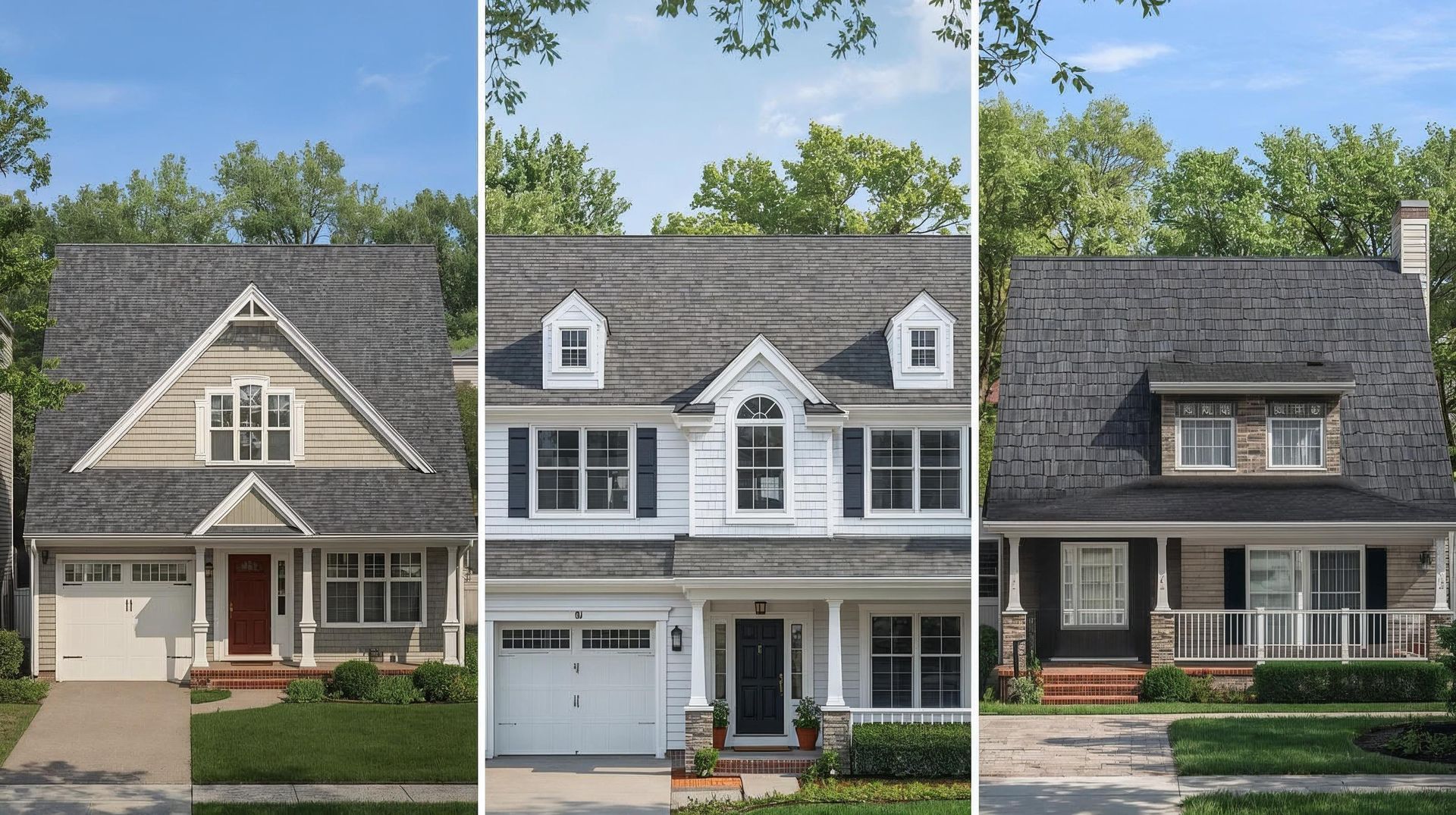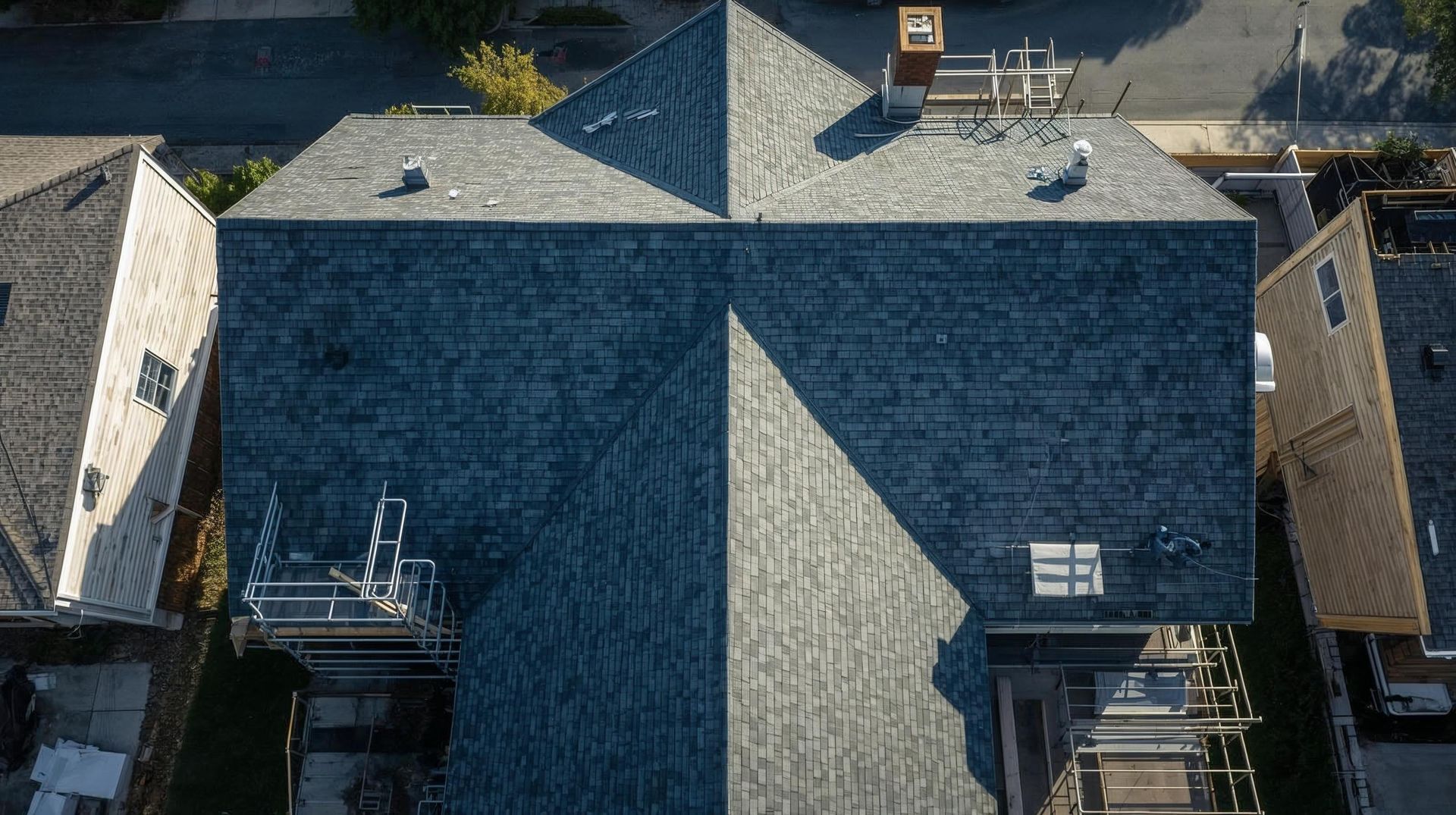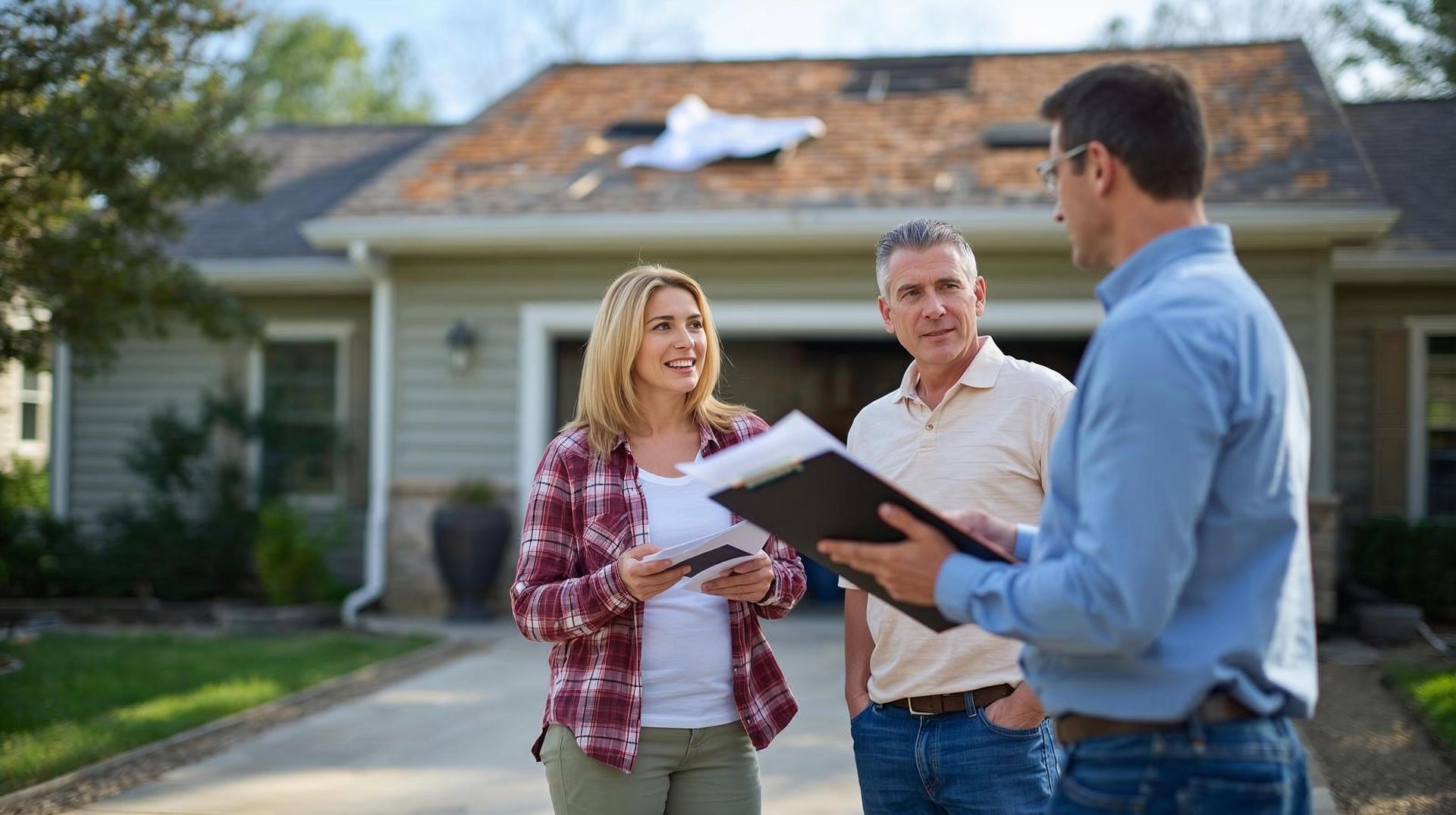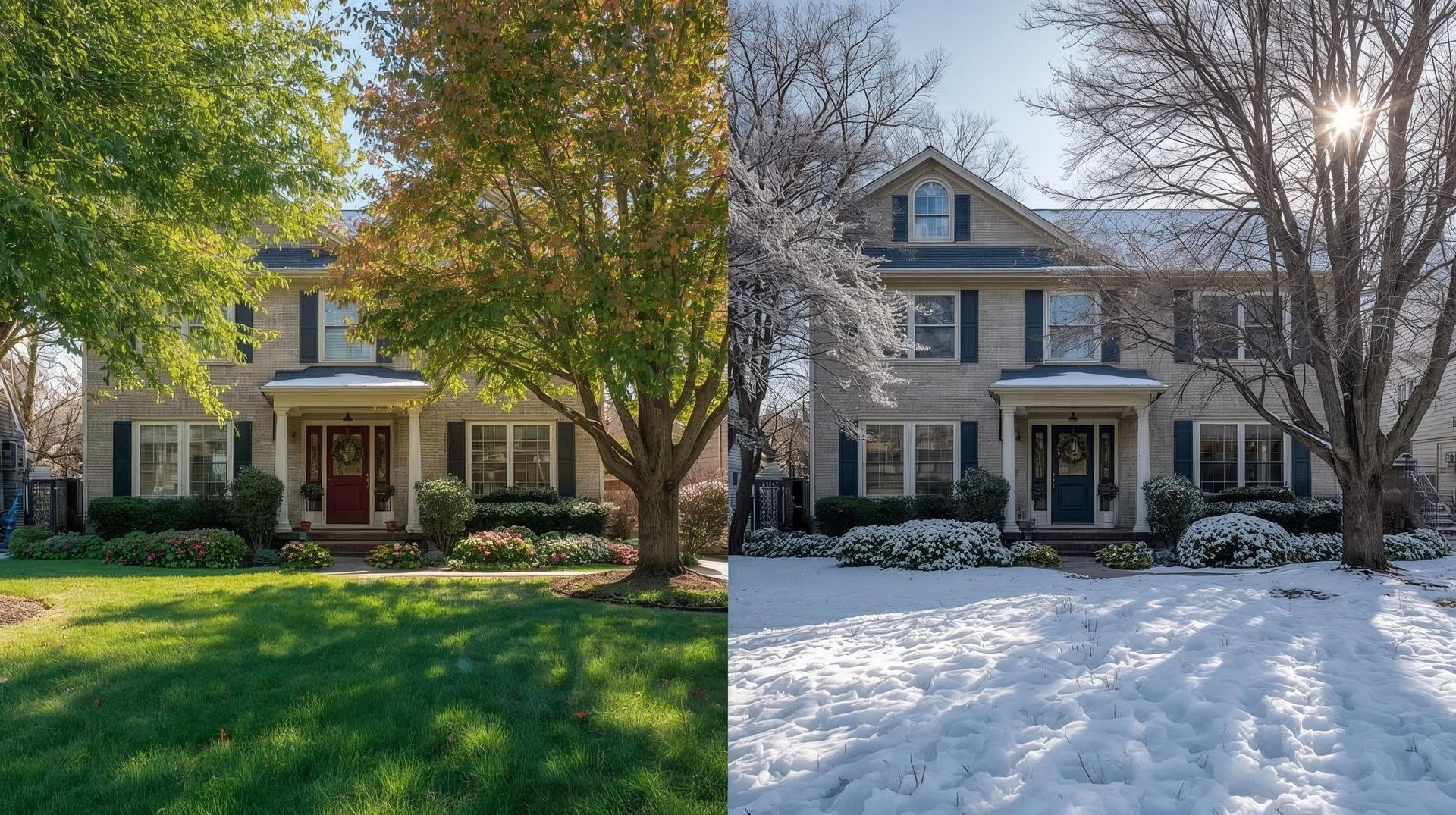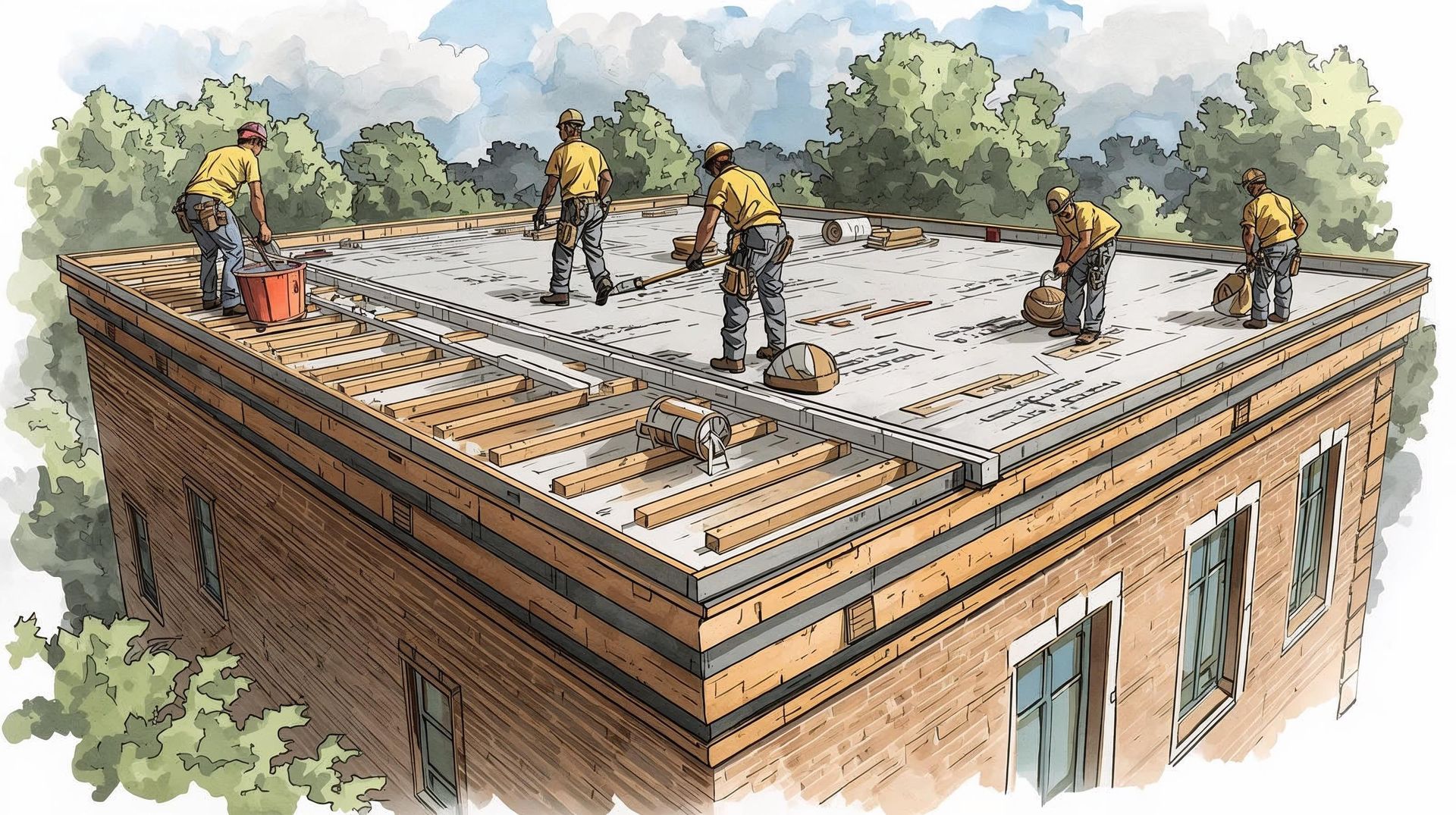7 Factors That Affect Your Roof Replacement Cost (Beyond Square Footage)
- Roof replacement costs depend on more than square footage.
- Your roof slope, complexity, and even labor costs depend on where you live.
- Local climate and building codes can significantly impact pricing.
- A reputable roofing contractor is worth the higher upfront cost if you want quality workmanship.
- The roof replacement process sometimes requires tearing off an old roof, which isn’t free.
- Timing your roofing project (like avoiding post-storm rushes) can save you thousands.
7 Sneaky Factors That Influence the Cost of Your Roof Replacement Project
When you think “roof replacement,” it’s tempting to assume you just have to multiply your roof’s square footage by the going rate. But here’s the truth: the total cost of your roofing project is shaped by seven sneaky details that homeowners often overlook. Let’s unpack them.
1. Roofing Materials: More Than Just Shingles on a Shelf
If you’re comparing roof replacement costs, the type of roofing material you choose is the single biggest factor that will influence the final price. Think of it as the foundation of your budget, the base decision that sets the tone for the whole roof replacement project.
- Asphalt Shingles are the most common and budget-friendly. Within this, you have:
- i) Three-tab Shingles: Lower upfront cost but shorter lifespan.
- ii) Architectural Shingles: Higher initial cost, but they look better, last longer, and increase your home’s aesthetic appeal.
- Metal Roofs: These typically cost more per square foot than asphalt, but they last decades longer and can cut cooling bills thanks to their reflective properties.
- Tile Roofing or Slate: These offer unmatched durability and beauty, but are heavy, which means extra structural support (and extra labor-intensive work).
- Composite Materials: A middle-ground option; it's lightweight, durable, and less costly than tile or slate.
Why does it matter? Choosing higher-quality materials from reliable roofing manufacturers may seem expensive at first, but they protect you from frequent roof repair costs and can even boost your home's resale value.
When comparing materials, don’t just look at the upfront cost. Ask your professional roofing contractor to show you lifespan projections and warranty options. That way, you can weigh short-term savings against long-term value.
Check out Roof Financing Options for 2025, for smart planning and smart saving!
2. Roof Pitch and Complexity: When Angles Become Dollar Signs
If you’ve ever tried to climb a steep hill versus walking on flat ground, you know the difference in effort. The same principle applies to your roof replacement project. The steeper your roof slope, the more complicated and expensive the job becomes.
- Flat roofs are the simplest to work on. Contractors can move around more easily, need less safety equipment, and complete the job faster, which means lower labor costs. However, flat roofs require specialized roofing systems to prevent leaks, so don’t assume “flat” automatically means “cheap.”
- Steep roofs, on the other hand, require safety harnesses, scaffolding, and careful handling of roofing materials. All this makes the job more labor-intensive. Not to mention, steep roofs require more shingles and underlayment per square foot.
- Complex roof designs with valleys, dormers, chimneys, skylights, or multiple slopes increase the amount of cutting and fitting needed. Every angle and transition point is a spot where leaks could occur, so it demands more precision, more flashing, and yes, more materials and labor.
In short, a simple rectangular roof is straightforward, but if your home has an architectural showpiece on top, expect your replacement cost to climb. Ask your contractor how your roof’s design will influence the project cost. Sometimes simplifying a feature, like removing an old skylight, can cut costs without sacrificing function.
3. Labor Rates and Location: Why Your ZIP Code Matters
Here’s a sneaky one: the cost of your roof often depends less on your home and more on your neighborhood. Where you live directly impacts how much you’ll pay in labor costs.
- Urban vs rural: Cities tend to have higher wages, insurance costs, and overhead expenses for contractors. That means a new roof in Los Angeles or New York will typically cost far more than the same project in a rural town.
- Regional demand: After severe storms, hurricanes, or hail events, roofing companies get flooded with calls. Demand spikes, material prices increase, and labor availability shrinks. That post-disaster rush can raise your roof replacement cost by thousands.
- Licensed professionals vs unlicensed labor: You may find a handyman who offers a lower upfront cost, but beware that without the right licenses, insurance, or training, you risk shoddy work or even fines for ignoring building codes. A reputable roofing contractor charges more because they bring expertise, safety, and quality workmanship to the installation process.
Blog that might interest you: Roof Labor Cost Breakdown 2025
4. Roof Deck and Structural Repairs: The Surprises Underneath
Your existing roof may look fine from the curb, but once the old roofing material comes off, surprises can appear. This is one of the biggest wild cards in the roof replacement process.
- Rotting or warped decking is common in older homes, especially where water seeped under damaged shingles.
- Sagging beams or trusses may need reinforcement before they can handle the weight of a new roof, especially if you’re switching to heavier tile roofing or slate.
- Hidden moisture damage can impact insulation, flashing, or ventilation systems. These repairs don’t just add to the overall cost; they’re critical for preventing future roof failure.
Why does it matter? Skipping structural repairs now could compromise your entire roofing system later.
Professional tip: Ask your contractor whether their estimate includes an allowance for structural repairs. Some roofing companies offer a detailed “what if” breakdown so you’re not blindsided by surprise charges.
5. Old Roof Removal and Disposal Fees
Before your new roof goes on, your old roof has to come off or at least be dealt with. This stage is often overlooked, but it can add a big chunk to your final price.
- Tear-off vs overlay: An overlay (installing new shingles over the old ones) saves on disposal fees, but it adds weight and can hide serious problems. Most professional roofing contractors recommend a full tear-off for a clean start.
- Multiple layers of shingles: If your home has been re-roofed several times, contractors may need to strip off two or three layers. That means extra labor and higher disposal costs.
- Dumpster rentals and landfill fees: Old shingles, nails, flashing, and underlayment don’t disappear on their own. Disposal fees, especially for hazardous old roofing material like asbestos shingles, can bump up the replacement cost significantly.
Clarify whether disposal is included in your contractor’s quote. Otherwise, you might be hit with a hefty add-on fee at the end of your roof replacement project.
6. Local Climate and Building Codes: Nature + Paperwork = $$$
Your roof isn’t just a design feature; it’s your home’s armor against nature. Depending on where you live, your roof replacement project may require special materials or modifications to meet both climate challenges and local building codes.
- Snowy climates demand steeper slopes and features like ice dam protection. That means more materials and labor.
- Hurricane zones often require impact-resistant architectural shingles or metal roofs to withstand high winds.
- Hot, sunny regions may need reflective or “cool” roofing for energy efficiency.
On top of nature, there’s paperwork: building permits, inspection fees, and compliance with local codes. Skipping these steps isn’t an option; without them, your roof installation might not be legal, and you could face fines or insurance problems.
Always ask for a detailed breakdown of permit fees and compliance costs before work begins. A reputable contractor will handle this for you and roll it into the project cost, sparing you the headache.
7. Extras That Add Up: The “Oh, By the Way” Costs
Here’s where many homeowners planning a roof replacement get caught off guard. You start with just shingles and nails, but then the add-ons begin.
- Functional upgrades: new gutters, downspouts, ridge vents, or upgraded flashing.
- Lifestyle upgrades: skylights, solar panels, or attic ventilation systems.
- Peace-of-mind upgrades: extended warranties, maintenance packages, or impact-resistant shingles.
Each of these extras improves your roofing system, but together they can push your new roof cost far beyond your initial estimate.
Separate your “must-haves” from your “nice-to-haves.” For example, ventilation is essential for roof health, but a skylight is optional. Knowing the difference helps you budget effectively and avoid overspending.
Try Our Interactive Roof Cost Calculator
Planning a roof replacement project can feel overwhelming when you’re staring at estimates that seem to vary greatly depending on who you ask. That’s where our roof cost calculator comes in; it’s designed to give homeowners a clearer starting point before calling in a professional roofing contractor.
Here’s how it works:
Step 1: Input the basics
- Enter your roof size (square feet), roof slope, and the existing roofing materials currently on your home.
Step 2: Add the details
- Select whether you’ll need extras like new gutters, skylight replacement, or old roof removal. These are the little add-ons that often influence the cost.
Step 3: Compare materials
- See how the replacement cost changes if you go with a 30-year architectural shingle roof versus a metal roof or even tile roofing. You’ll see the higher initial cost for premium options, but also how their durability may save money in the long run.
Step 4: Factor in your location
- Because labor costs and building codes vary, the calculator helps you adjust for your region’s typical pricing.
Use our Roof Calculator results as a conversation starter with your reputable contractor. It shows them you’ve done your homework and helps you ask smarter questions about associated costs, warranties, and financing solutions.
3 things every homeowner should keep in mind
- Roof replacement is a significant investment. Whether you choose asphalt shingles or higher quality materials like slate or metal, your roofing project will influence not just the look of your home, but its safety and resale value.
- Knowledge saves money. Understanding how various factors, from complex roof designs to local building codes, impact your new roof cost means you can make smarter choices and possibly save money on your roof installation.
- The contractor matters. A reputable roofing contractor may have a higher upfront cost, but they ensure compliance with building codes, provide quality workmanship, and guide you through permits, inspections, and even financing options.
Summary
Your roof replacement cost comes down to more than just square footage. Every choice from the roofing materials you pick to the labor rates, permits, and repairs along the way shapes the total cost of your project. Understanding these details upfront puts you in control instead of at the mercy of unexpected add-ons.
Think of your roof as the unsung hero of your home. It quietly shields you from rain, snow, heat, and wind every single day. Cutting corners or rushing the job may save a little now, but it can create bigger headaches down the road. Taking the time to plan your roof replacement process carefully means you’ll have a roof that not only lasts, but also gives you confidence and comfort for years to come.
Ready to take the next step? Use our Roof Cost Calculator to get a clear picture of your project, then sit down with a trusted, professional roofing contractor to map out the best approach for your home.
With the right planning, you’ll not only manage the overall cost of your new roof but also maximize its value, durability, and protection.
What’s the most expensive part of roof replacement?
Usually, the type of roofing material and the labor costs are tied to your roof slope and complexity.
Is it cheaper to repair or replace a roof?
Minor roof damage can often be fixed, but if your old roof is near its lifespan, a full roof replacement saves more in the long term.
How much does roof pitch affect cost?
A lot. Steep roofs need more materials and safety gear, which significantly impacts the cost.
Do I always need to tear off the old roof?
Not always, but removing the existing roof gives contractors a chance to spot hidden issues.
Can insurance cover part of my roof replacement cost?
Yes, especially if damage is caused by storms, fire, or other covered events. Always check your insurance coverage
